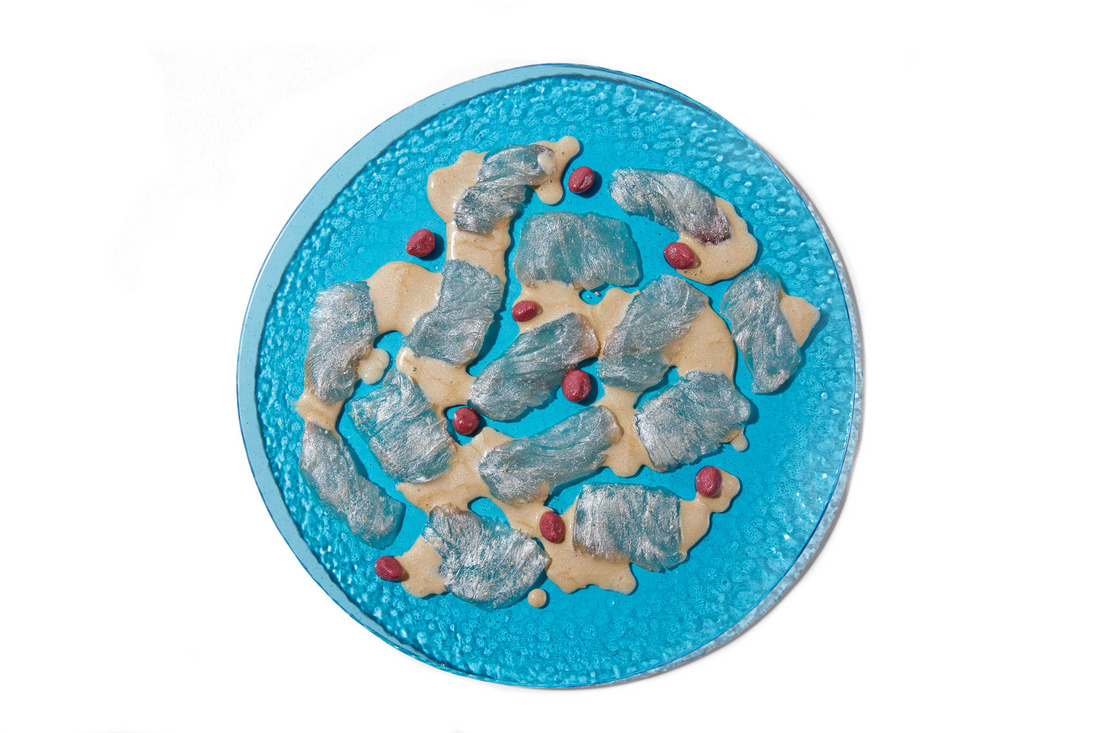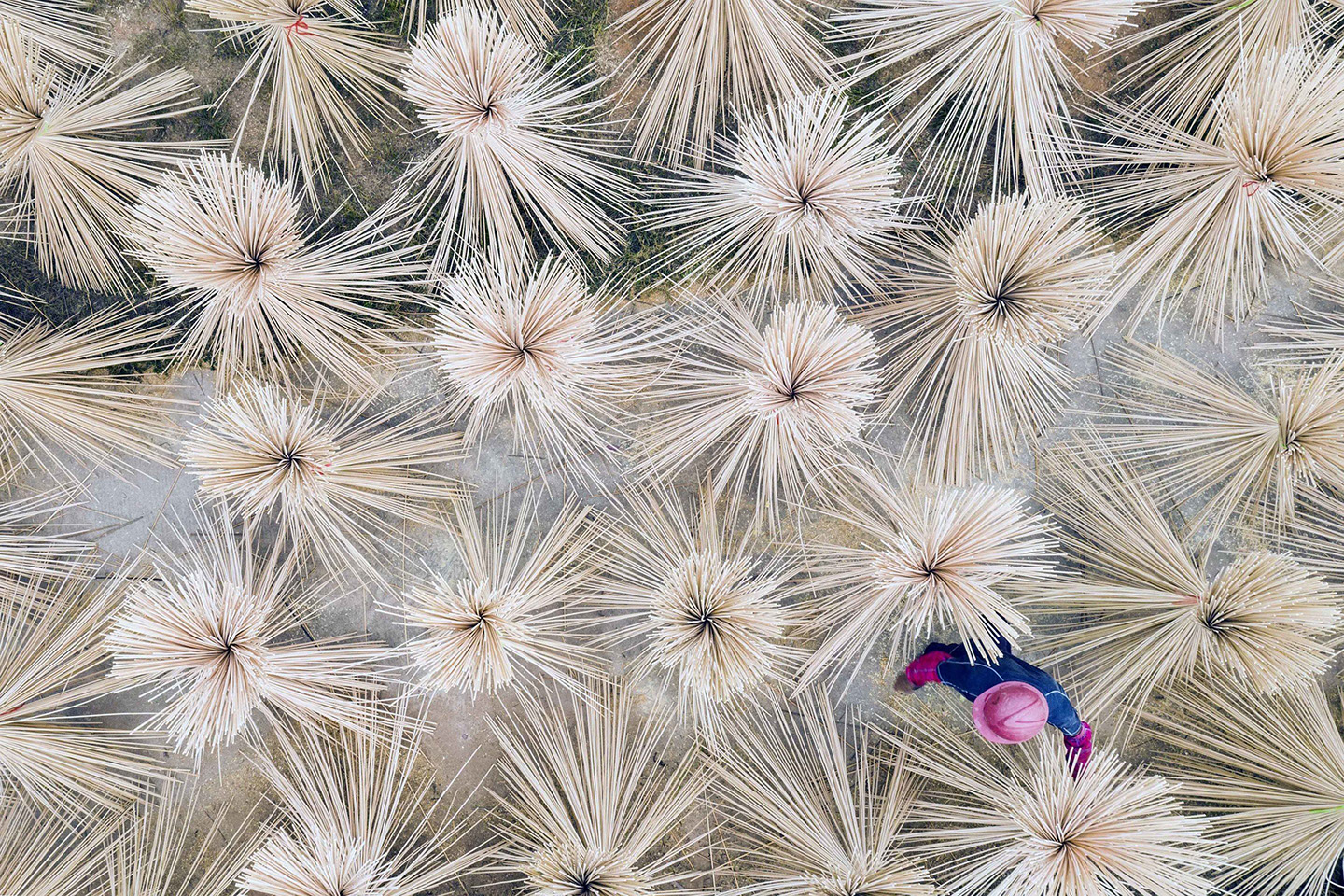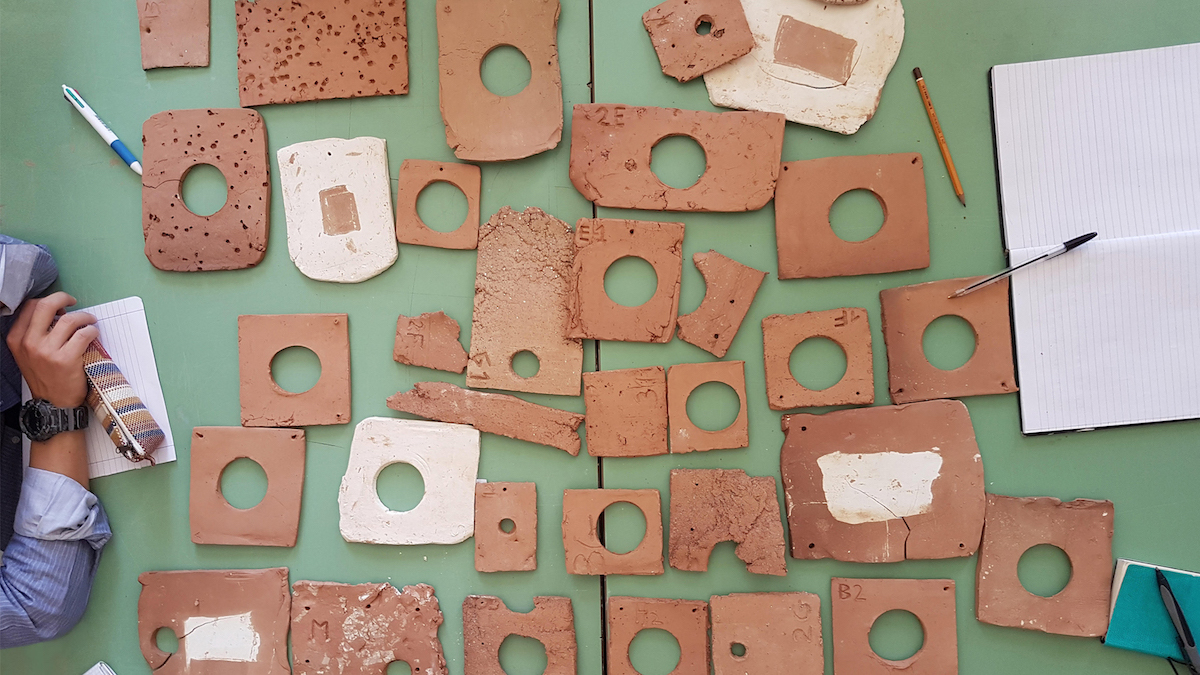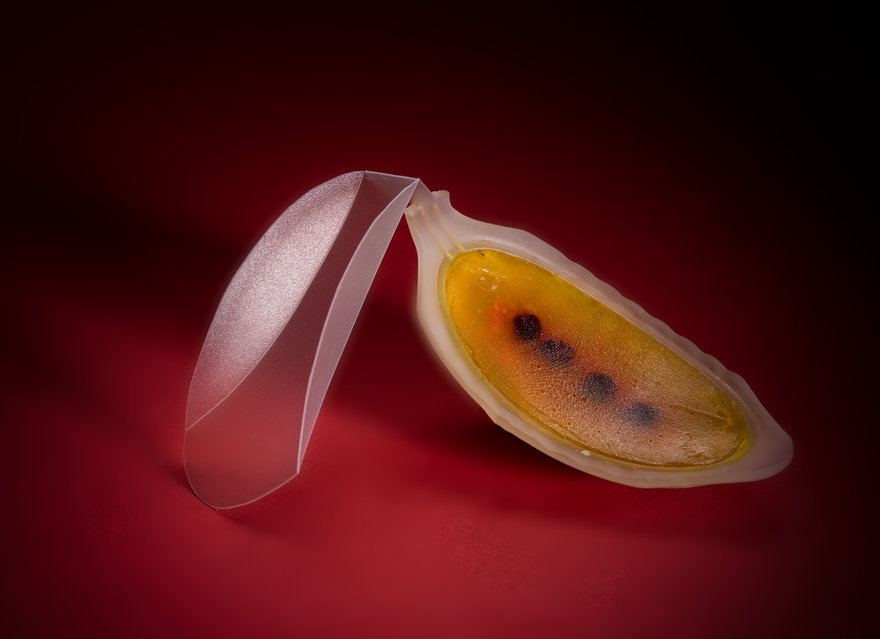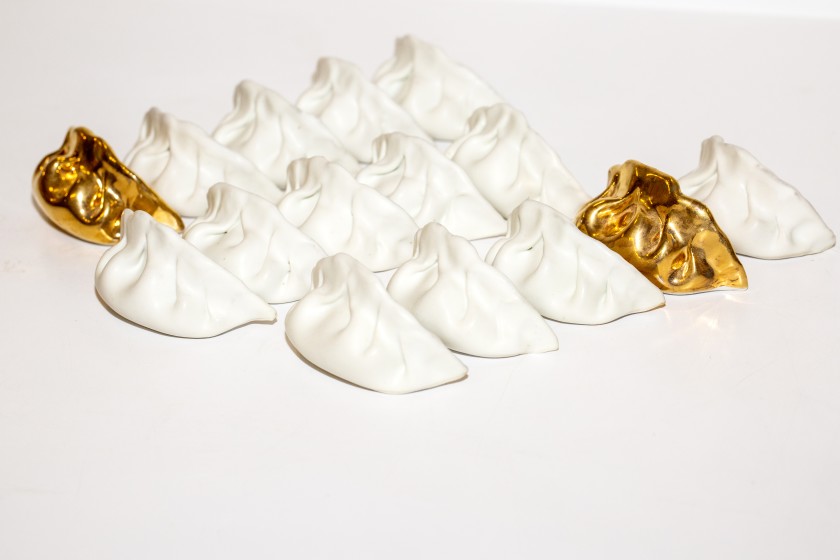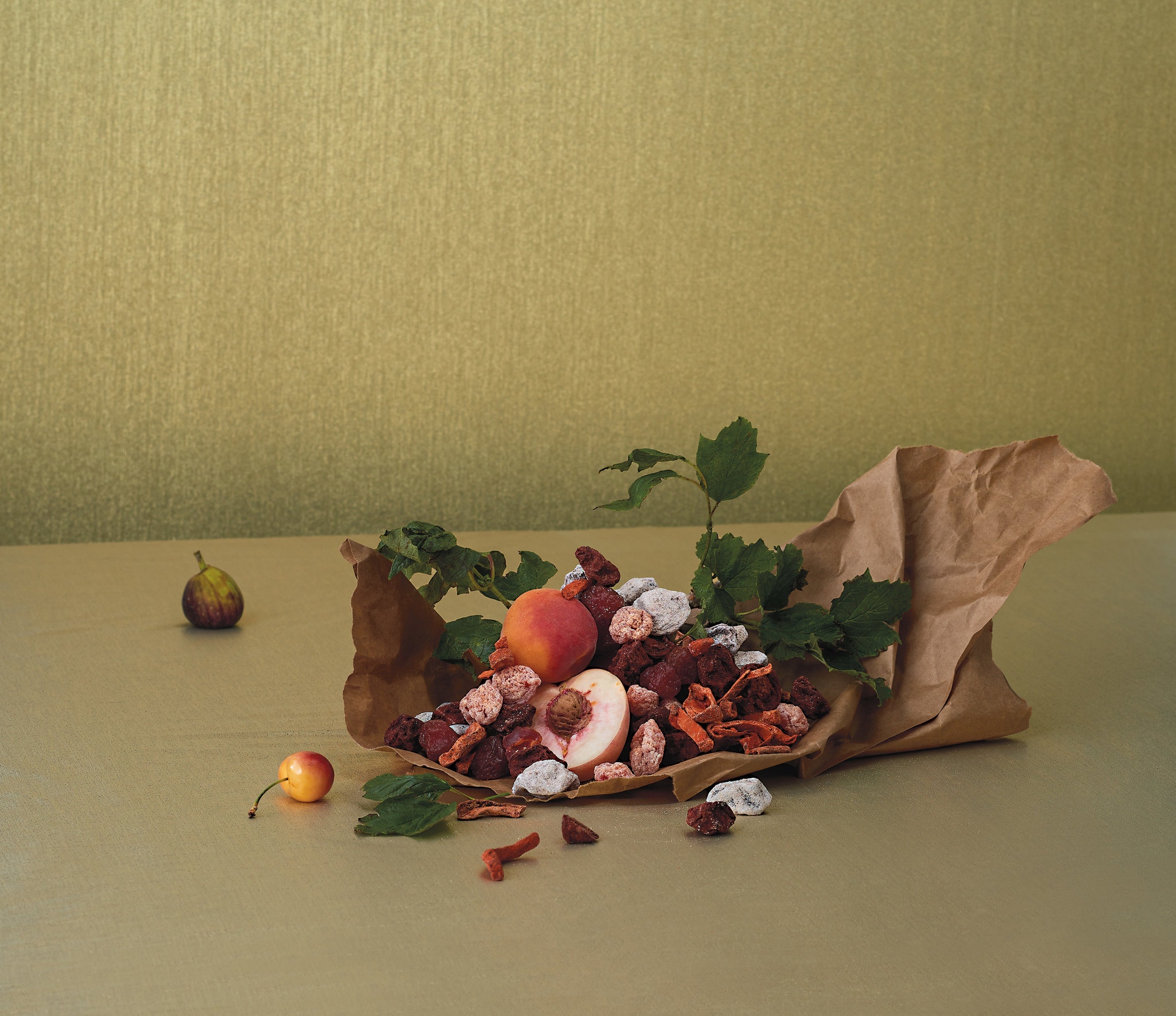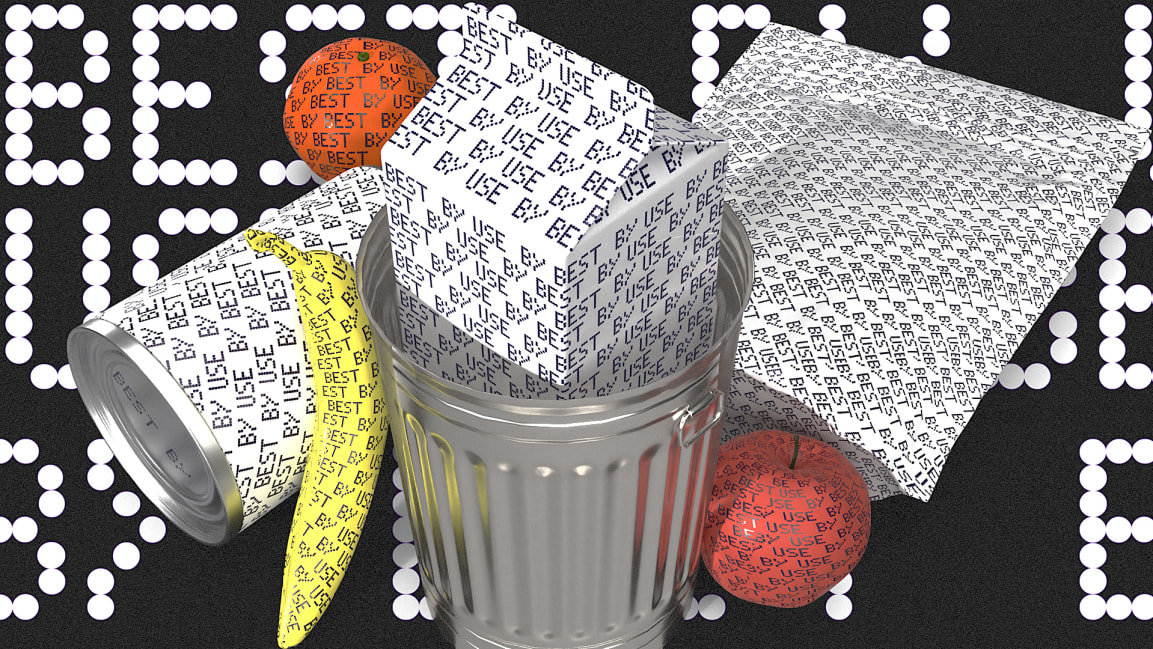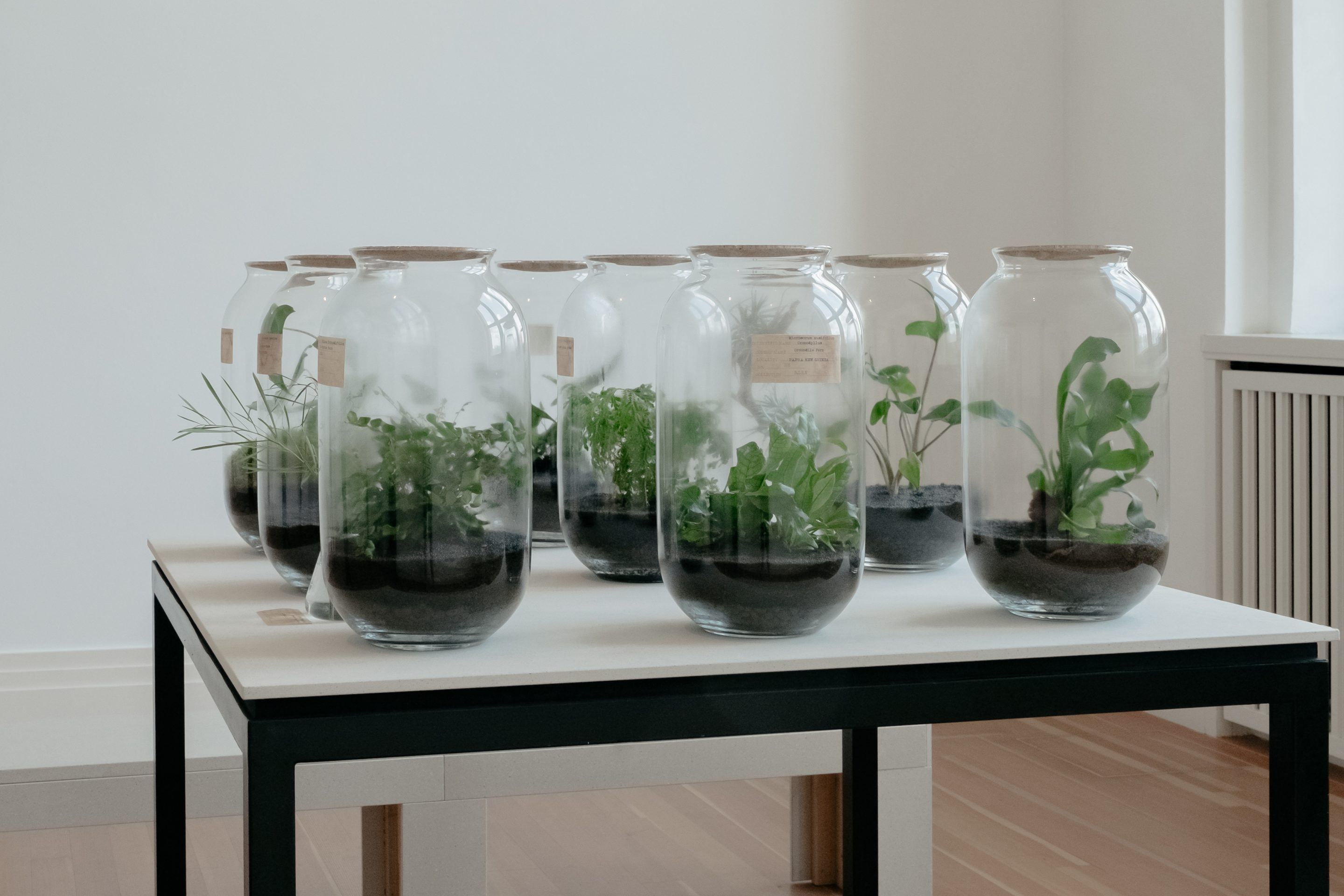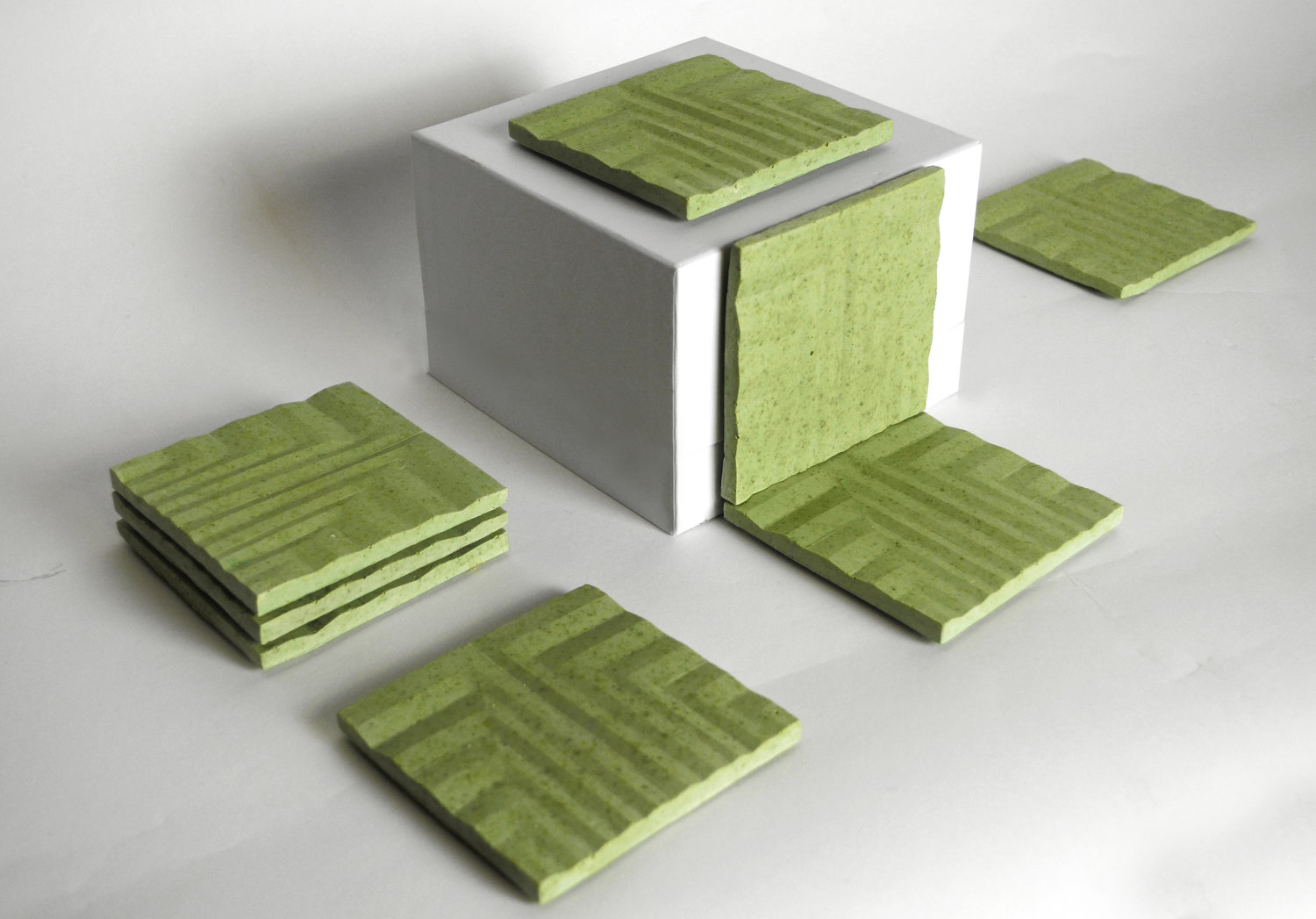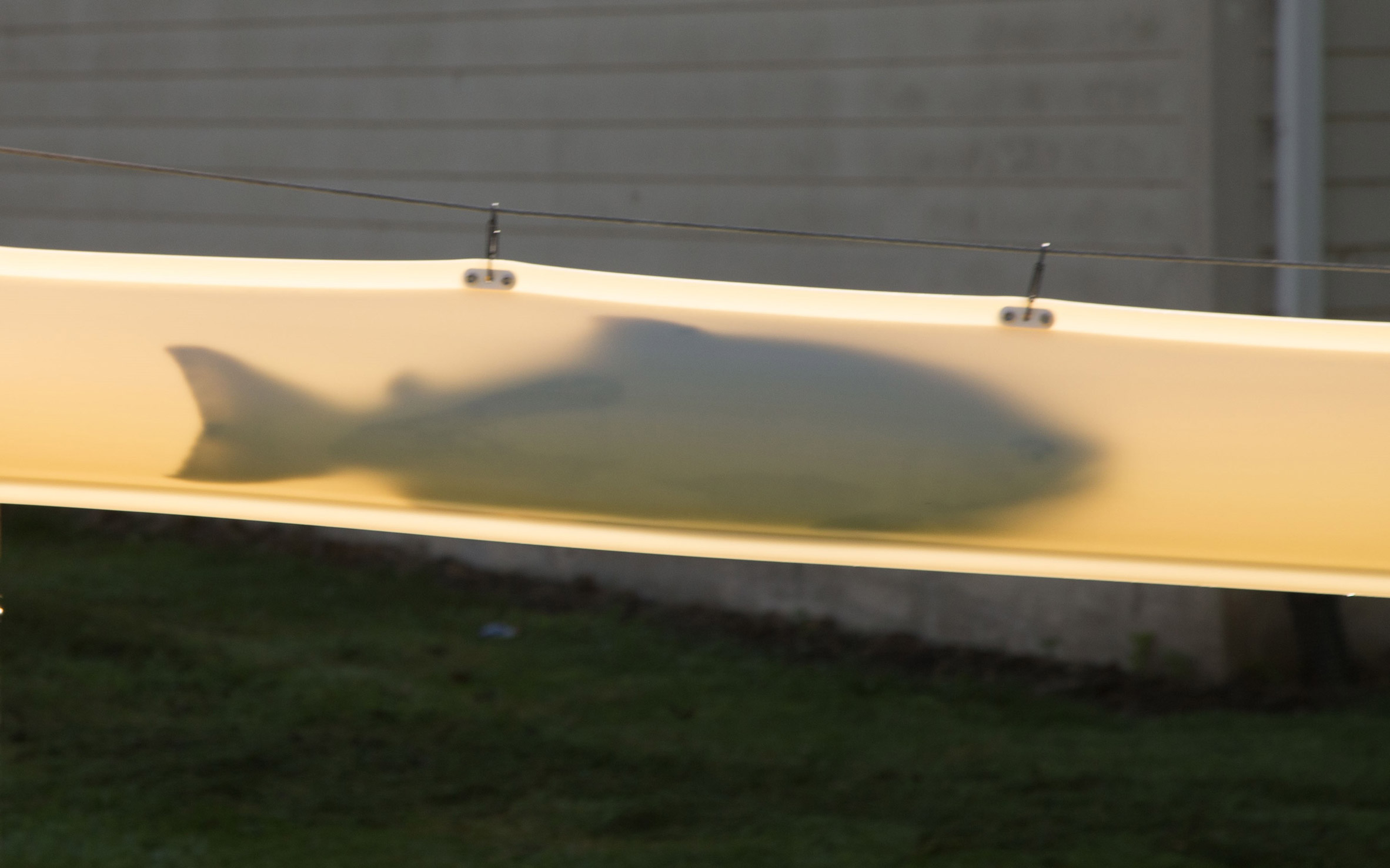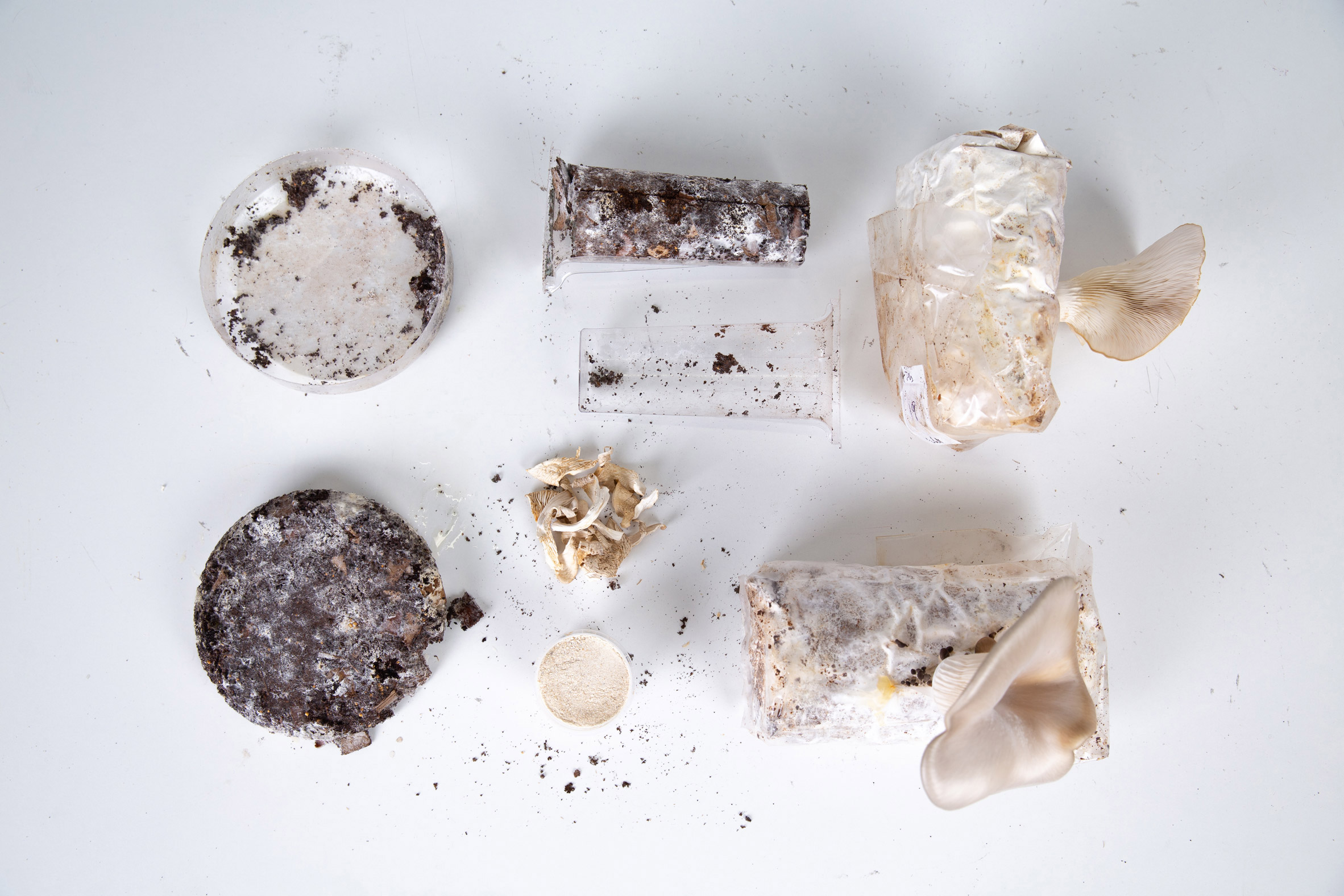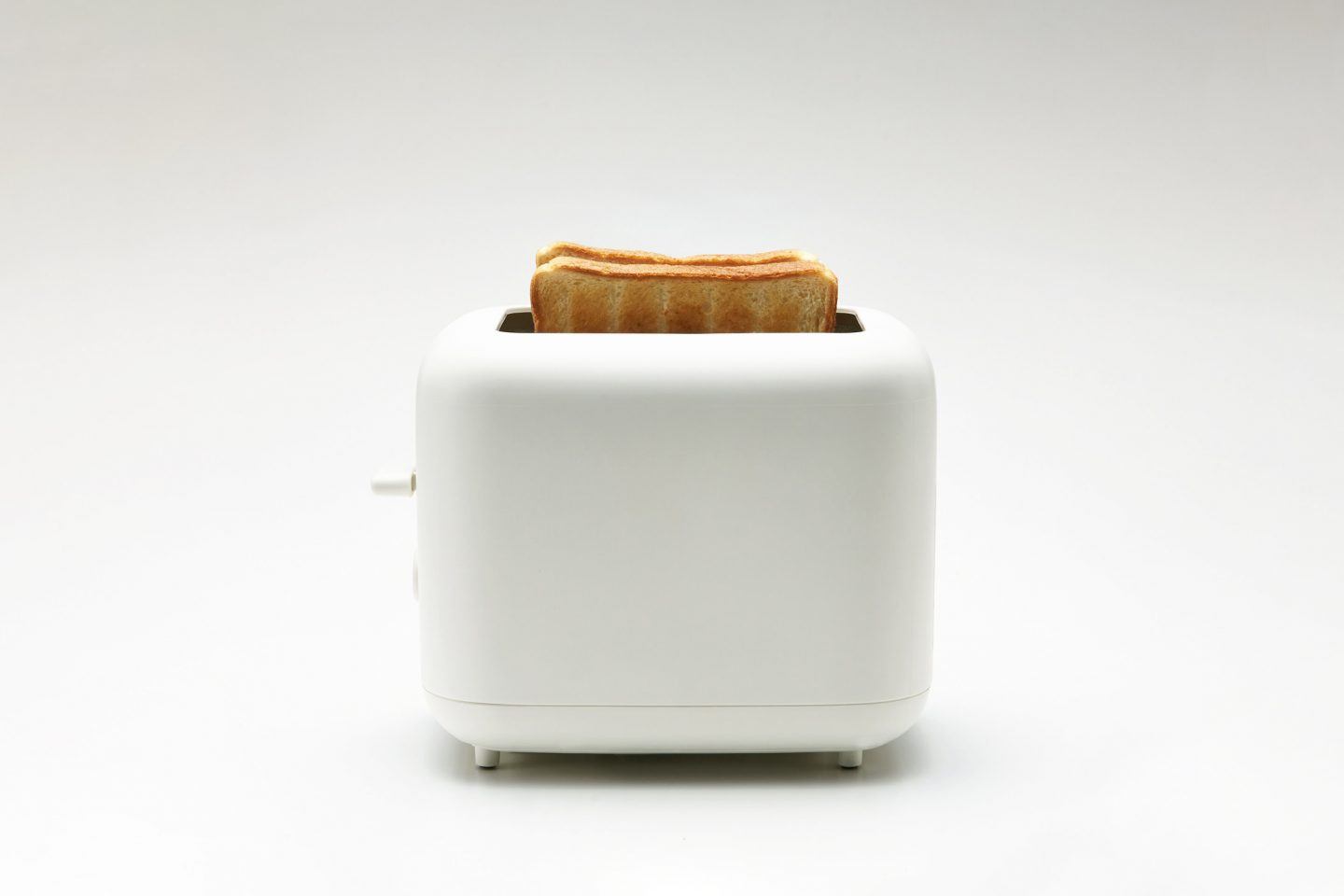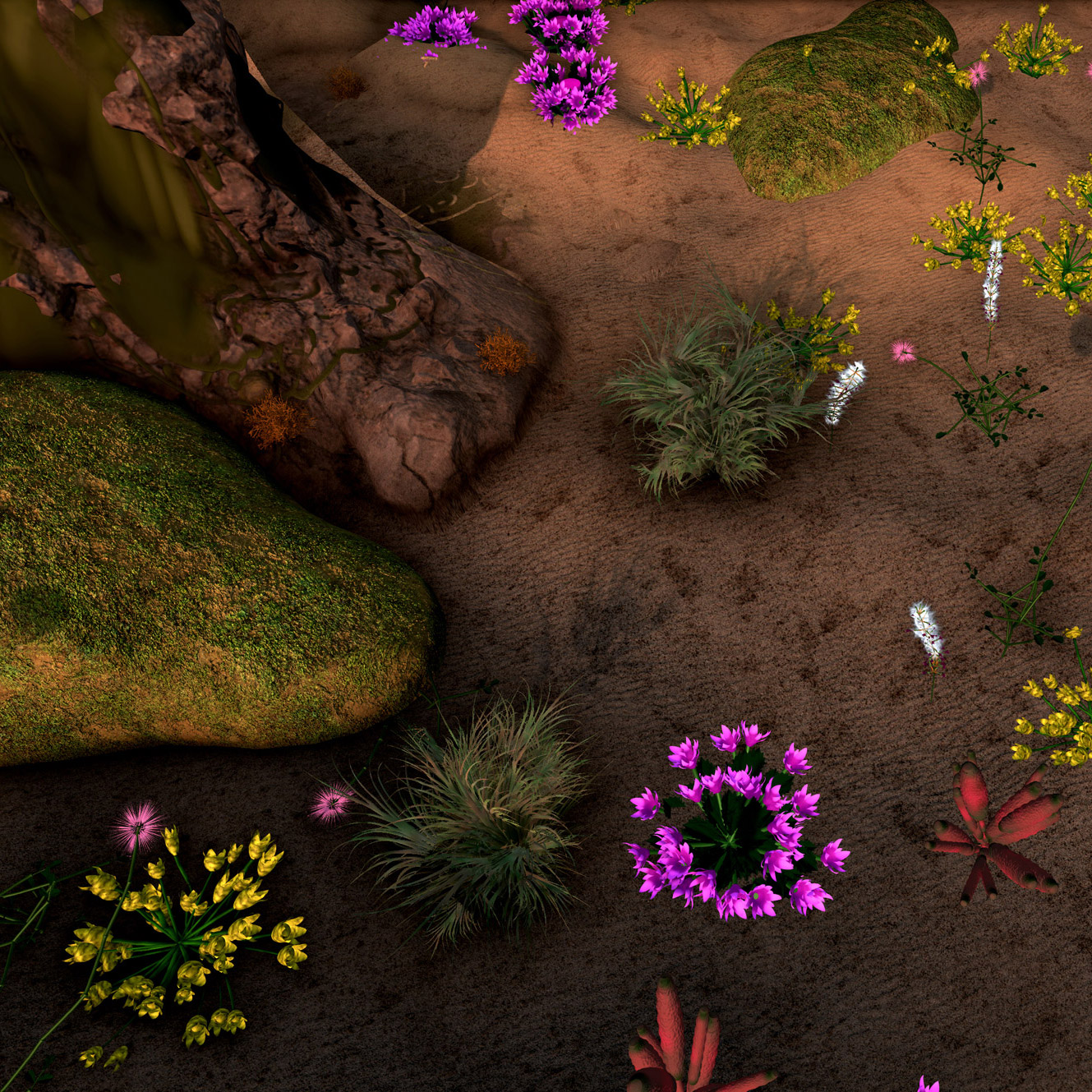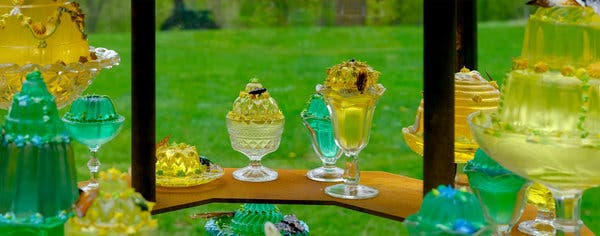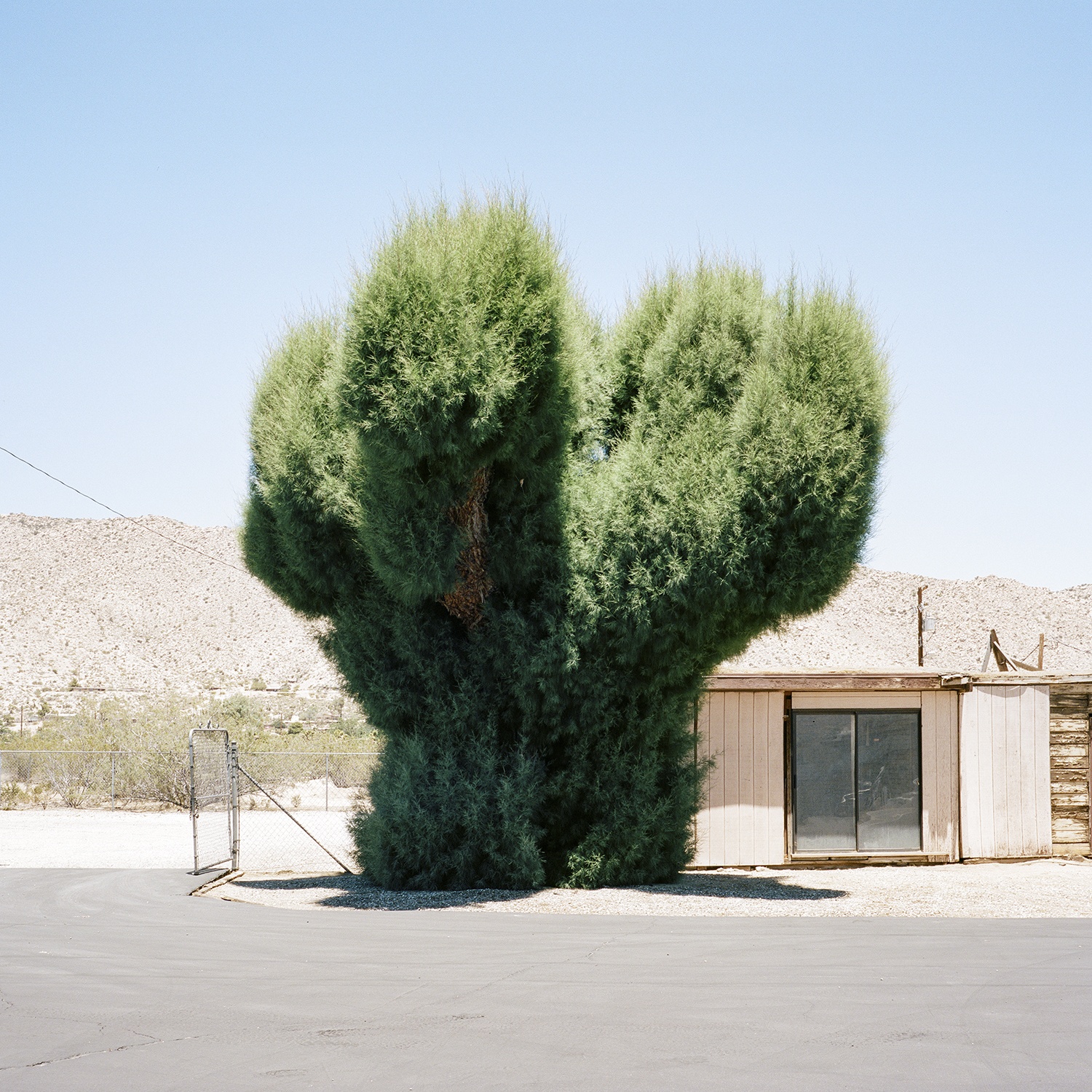Our weekly serving of off-the-menu items—a few popular favorites from the week, as well as a few morsels that may have slipped your notice.
The History of Pickles at Christmas
Pickle Christmas ornaments are often unusually common, more readily available at holiday stores than other food-themed ornaments. This strange prevalence of pickle ornaments is allegedly due to the muddled history of a strange Christmas tradition. Chowhound outlines the different possible points of origin of the pickle Christmas ornament, seeking to explain how it became a common holiday decoration.
Supporting Farmers in an Era of Climate Change
Among the economic challenges facing American farmers, one of the most pressing is climate change. Although the data surrounding the devastating effects of climate change on weather and crop growth is plentiful, only 18 states have incorporated agriculture into their climate action plans. Organizations like the USDA’s Climate Hubs and Cornell University’s Climate Smart Farming are making tools and data available to help prepare farmers for immanent climate changes.
Amsterdam startup Hrbs is following in the footsteps of other startups that are revolutionizing the way restaurants access produce. Instead of harvesting plants and then delivering them to a restaurant, Hrbs brings still-living plants to restaurants, giving them the tools to continue growing the produce. This allows the restaurant to harvest what they need immediately before using it.
The wholesome, smiling snack known for its place in lunch boxes across the US has not only been expanding its impact on American markets throughout the last few decades, but also developing its name as a global brand. Goldfish has experienced significant growth in the 2000s alone, with the crackers currently comprising about 40% of Pepperidge Farms’ sales. This article from Fast Company outlines the journey of the humble Goldfish as it took over the world.
LA-based art duo the Haas Brothers has designed a silverware collection inspired by animalistic forms. The base of each utensil is sculpted into a clawed, four-digit paw, grasping at the air. The grasping paws emphasize a desire to escape, while the animalistic forms also hint at sexual innuendos.





